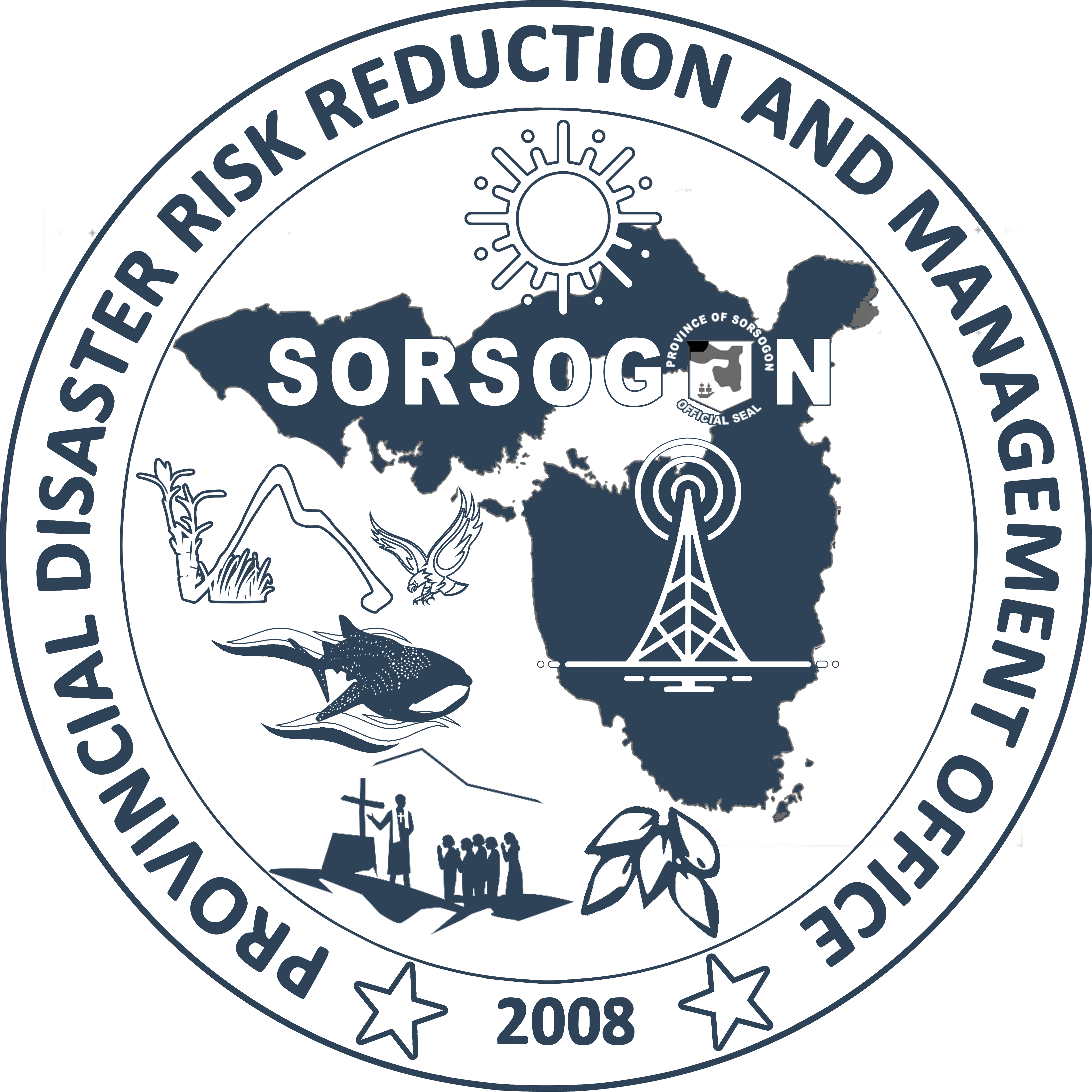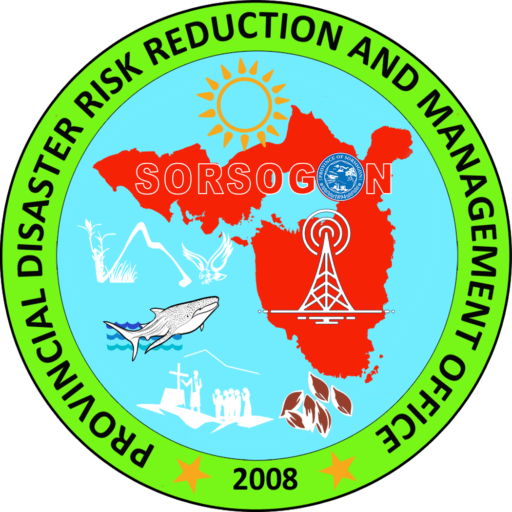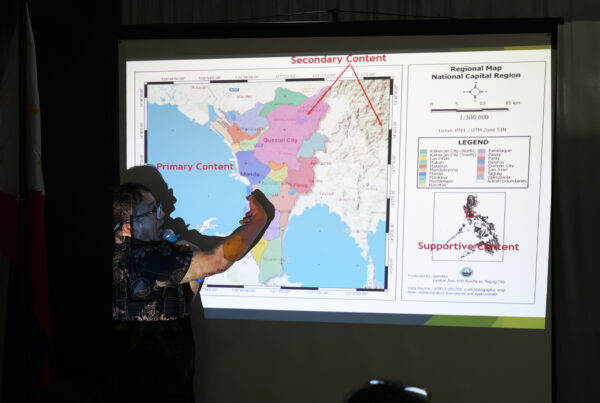In its continued commitment to strengthen local capacities for disaster risk reduction and emergency preparedness, the Provincial Government of Sorsogon and the Sorsogon Provincial Disaster Risk Reduction and Management Office (SPDRRMO) successfully conducted a 5-day training on “Mainstreaming Disaster Risk Reduction into Local Development, Contingency, and Emergency Preparedness Planning Process through the Use of REDAS Software” last July 21–25, 2025, in Sorsogon City.
This comprehensive training was actively participated in by the Local Disaster Risk Reduction and Management Officers (LDRRMOs) of Sorsogon, Southern Leyte, Albay, and the Provincial Government of Sorsogon (PLGU). The activity aimed to capacitate local DRRM personnel in understanding risk information and integrating it effectively into local planning mechanisms using the Rapid Earthquake Damage Assessment System (REDAS) software developed by DOST-PHIVOLCS.
The training was facilitated by a team of highly experienced instructors from the Department of Science and Technology – Philippine Institute of Volcanology and Seismology (DOST-PHIVOLCS). Their expertise ensured that the sessions were grounded in the latest scientific knowledge and methodologies relevant to local governance and disaster resilience.
The event was formally opened with a warm and encouraging message delivered by Provincial Administrator Franco Eric O. Ravanilla on behalf of Hon. Edwin “Boboy” B. Hamor, Governor of the Province of Sorsogon. Administrator Ravanilla emphasized the Provincial Government’s support for building resilient communities through science-based tools and partnerships. He expressed appreciation for the collaboration among the participating provinces and underscored the importance of continuously enhancing technical skills among LDRRMOs.
Engr. Raden D. Dimaano, the Department Head of SPDRRMO, also delivered his message, highlighting the value of proactive planning and risk assessment in saving lives and protecting development gains.
Throughout the five-day session, participants engaged in practical exercises and discussions on hazard mapping, developing exposure data, and simulating potential disaster scenarios using the REDAS platform. The training served not only as a knowledge-sharing opportunity but also as a venue for fostering inter-provincial coordination in disaster preparedness efforts.
This activity marks a significant step in the province’s ongoing initiatives to promote evidence-based, risk-informed planning, ensuring that disaster preparedness and development go hand in hand. With tools like REDAS, local government units are better equipped to anticipate and respond to hazards, ultimately building safer, more resilient communities.







